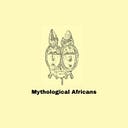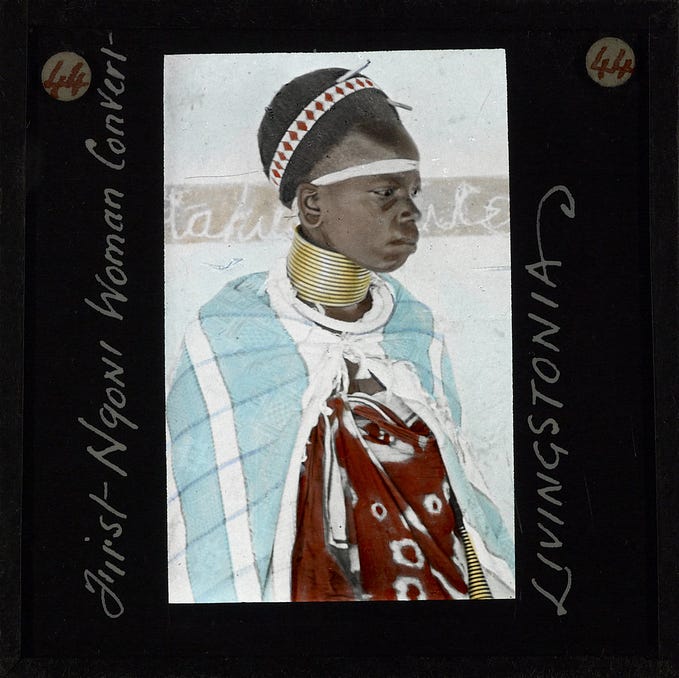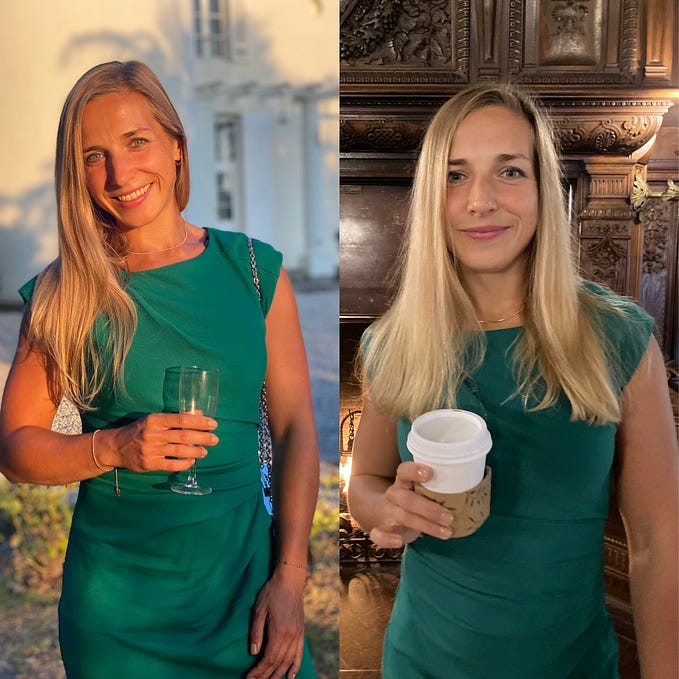Blacksmiths, Spiders, Crabs, Cowries and Kolanut Shells: Divinatory Practices in Cameroon
Divination refers to the process of using a standardized ritual, which is itself part of a larger system of knowledge, to seek knowledge or insight from highly trained specialists about past, current or future events, usually for the purpose of decision making or to solve a problem in the present.[i] Divination, as a cultural or social practice, and the systems in which it occurs is common to all human cultures and remains an important means by which cultural knowledge is generated and preserved. Divination, in the purest sense of the word, is a more complex endeavor than fortune telling with which it is often confused. A divinatory system and its diviners articulate the body of knowledge of a people, serving as the vehicle through which their cultural truths are reviewed and understood in the context of contemporary realities.[i] Various kinds of divinatory practices exist ranging from mechanistic systems of signs and interpretations through diviner-client interviews (hearkening to psychotherapy), to possession in which the diviner, as medium, communicates the words of the ancestor or spirit in response to a query.[i] Mechanistic systems of signs and interpretation use shells, bones, sticks, nuts and other objects. In some cases, the behavior of living animals or the entrails of dead animals are studied. Meaning is derived through open-ended analogical schemes (which require broad contextual knowledge) and fixed-response binary systems.[i]
The Kapsiki of the Far North region, practice a type of animal divination known as crab divination. The ritual starts with a client presenting a diviner with a problem. The diviner uses his divinatory tools: a large pot filled with sand, another broken pot for a cover, a sack of sticks, calabash shards of different sizes and shapes, and a jar with one or more crabs in it.[ii] The diviner arranges the sticks and calabash shards (which represent people and locations) in the larger pot and selects a crab to which he poses a question based on the clients issue. He then places the crab in the pot with the sticks and shards and covers it. After about fifteen minutes, he reopens the pot and interprets the arrangements of the positions of sticks and pieces of calabash. This process is repeated up to four or five more times with the diviner asking the crab increasingly precise questions. The final answer provides a means to solve the issue, which often involves an animal sacrifice of some sort. Crab divination among the Kapsiki is practiced almost exclusively by blacksmiths who occupy a special position in Kapsiki society. In addition to being metal workers, blacksmiths function as undertakers, musicians, and experts in traditional medicine and magic.[iii],[iv] Blacksmiths are also believed to have the ability to see hidden things and uncover hidden truths. What this means is that their ability to interpret the crab’s positioning of the sticks and calabash shards is linked not just with their personal intuitive ability but also to their deep knowledge of important aspects of Kapsiki culture. Crab divination is similar to spider divination, which is practiced by the Mambila, also of the Far North region, as well as by other peoples in the country.

Spider divination makes use of a species of ground dwelling spider. [v] The ritual consists of the diviner locating an inhabited spider-hole and clearing the area around it of vegetation. An old pot with its base knocked out is placed over the hole. A stick, markers and a set of cards made from the leaves of particular trees marked with various ideograms are placed inside the pot. The diviner then asks the spider a question, covers the pot and waits (often overnight) for the spider to emerge. When the spider emerges, it disturbs the position of the objects and the cards, and the diviner interprets the pattern resulting from the spider’s passage to answer the question that was posed. Both crab and spider divination are examples of divination through open-ended analogical schemes.
Oku people of the Northwest region practice kola nut skin and cowrie shell divination which is an example of fixed response binary divination.[vi] Each shell or skin has a distinct front and back side which, depending on the situation at hand, relate to good/bad, yes/no, hope/despair, full/empty and other binaries. The process itself is simple. The client sits opposite the diviner and carefully tears five triangular pieces from the shell of the kola nut which they themselves brought. This is a case in which the divinatory tool is not provided by the diviner. The diviner instructs the client to hold the pieces in one hand and ask them what it is they want to know. The client then tosses the pieces on the ground in front of the diviner, who assists them in interpreting the signs based on their individual and relative positions. As a means of validation, the same question will be repeated, and the positions of the kola nut skins examined. This usually raises other possibilities and leads to further inquiries.
After ancestral veneration, divination is possibly the other most well-known aspect of ritual and ceremony in traditional Cameroonian society. It is not uncommon for people, even those who participate in organized religion, to seek out these traditional ways of knowledge to support important decisions or to solve personal problems.
References
[i] Peek, Philip M., ed. African divination systems: Ways of knowing. Georgetown University Press, 1991.
[ii] van Beek, Walter EA. “Crab divination among the Kapsiki/Higi of North Cameroon and northeastern Nigeria.” Reviewing Reality. Dynamics of African Divination (2013).
[iii] Kodji, Gamache Thomas. Traditional beliefs in modern society: the case of the Kapsiki blacksmiths of Mogode, Northern Cameroon. MS thesis. Universitetet i Tromsø, 2009.
[iv] Van Beek, Walter EA. The dancing dead: ritual and religion among the Kapsiki/Higi of North Cameroon and Northeastern Nigeria. Oxford University Press, 2012
[v] Zeitlyn, David. “Spiders in and out of Court, or,‘the long legs of the law: styles of spider divination in their sociological contexts.” Africa 63.2 (1993): 219–240.
[vi] Bartelt, Brian A. Healers and witches in Oku: an occult system of knowledge in northwest Cameroon. Diss. University of Southern California, 2006.









